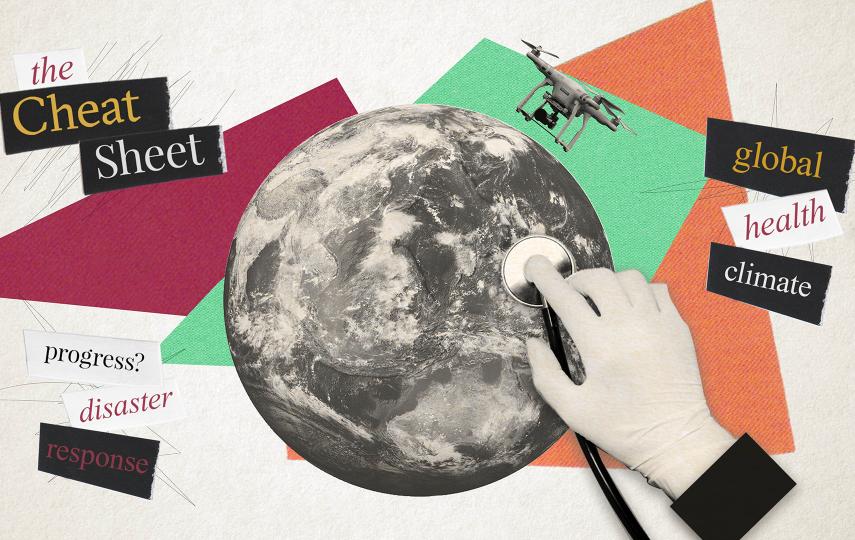"While there are also very serious food crises elsewhere in Kenya - for example, in the north - they at least get some attention from governments and donors, whereas the crisis in the cities is often completely forgotten or ignored," Alun McDonald, the regional media and communications officer of Oxfam GB, told IRIN.
"In Kibera [Nairobi's largest slum] alone, there are over 5,000 children under five years old who are suffering from malnutrition – more than 1,000 of them suffering from severe cases," McDonald said. "Severe child malnutrition should not be happening in a modern capital city."
Food insecurity has been exacerbated by drought, rising food and non-food prices and poor harvests. "In the past 12 months... essential foods such as maize more than doubled in price... Oils and vegetables are also much more expensive now than they were a year ago," he said.
The price of maize has risen by up to 130 percent in Nairobi and 85 percent in Mombasa over the past year. Cooking fuel prices have risen by 30-50 percent and the cost of water by 90-155 percent, according to the UN World Food Programme (WFP).
"It's not just food that is more expensive - people cannot afford as much water now, which means children use dirty water and get sick more easily... It is getting much more expensive just to survive," he said.
School feeding
According to Gabrielle Menezes, WFP information officer, high food prices have affected the urban population considerably, "as these are people who depend on markets to buy food, and do not really grow their own".
WFP is feeding 145,500 urban children under the School Feeding Programme, which covers 195 schools in the Nairobi slums and the coastal town of Mombasa. "In response to high food prices, WFP began feeding in the Mombasa slums at the beginning of this year," Menezes said.
"School feeding becomes even more important at times of crisis, as people resort to drastic coping measures, pulling children out of school to beg or work," she said.
She noted that subsistence farmers in the southeastern and coastal areas were also hard hit by the failure of the October-December 2008 short rains.
According to Sylvia Khamati, acting head of the health department at the Kenya Red Cross Society (KRCS), the need for proper nutrition in Kenya is huge. "Generally, most children are malnourished, it does not matter in what setting they are," she said.
In March, the Kenya Food Security Steering Group called for food price controls, provision of food aid and the creation of employment opportunities to stop more Kenyans going hungry.
Khamati said attention should be paid to special needs groups such as children younger than five and pregnant women. "When there is a food crisis there is more focus on supplementary and therapeutic feeding as the goal is to save life. But this is expensive compared with providing nutrition education on integration of readily available local foods for a healthy diet," she said.
According to Oxfam's McDonald, hundreds of thousands of people in Nairobi already live in serious poverty and are just surviving. "They simply can't afford to pay any more for food," he said.
"But the urban crisis is not just about poverty - it is also about governance," he said. "Citizens need to have affordable access to basic services such as water and healthcare.
"Given the political tensions in Kenya at the moment, having hundreds of thousands of increasingly poor and hungry families could well lead to further instability on the streets of Nairobi - and potentially other cities."
aw/am/mw
This article was produced by IRIN News while it was part of the United Nations Office for the Coordination of Humanitarian Affairs. Please send queries on copyright or liability to the UN. For more information: https://shop.un.org/rights-permissions





